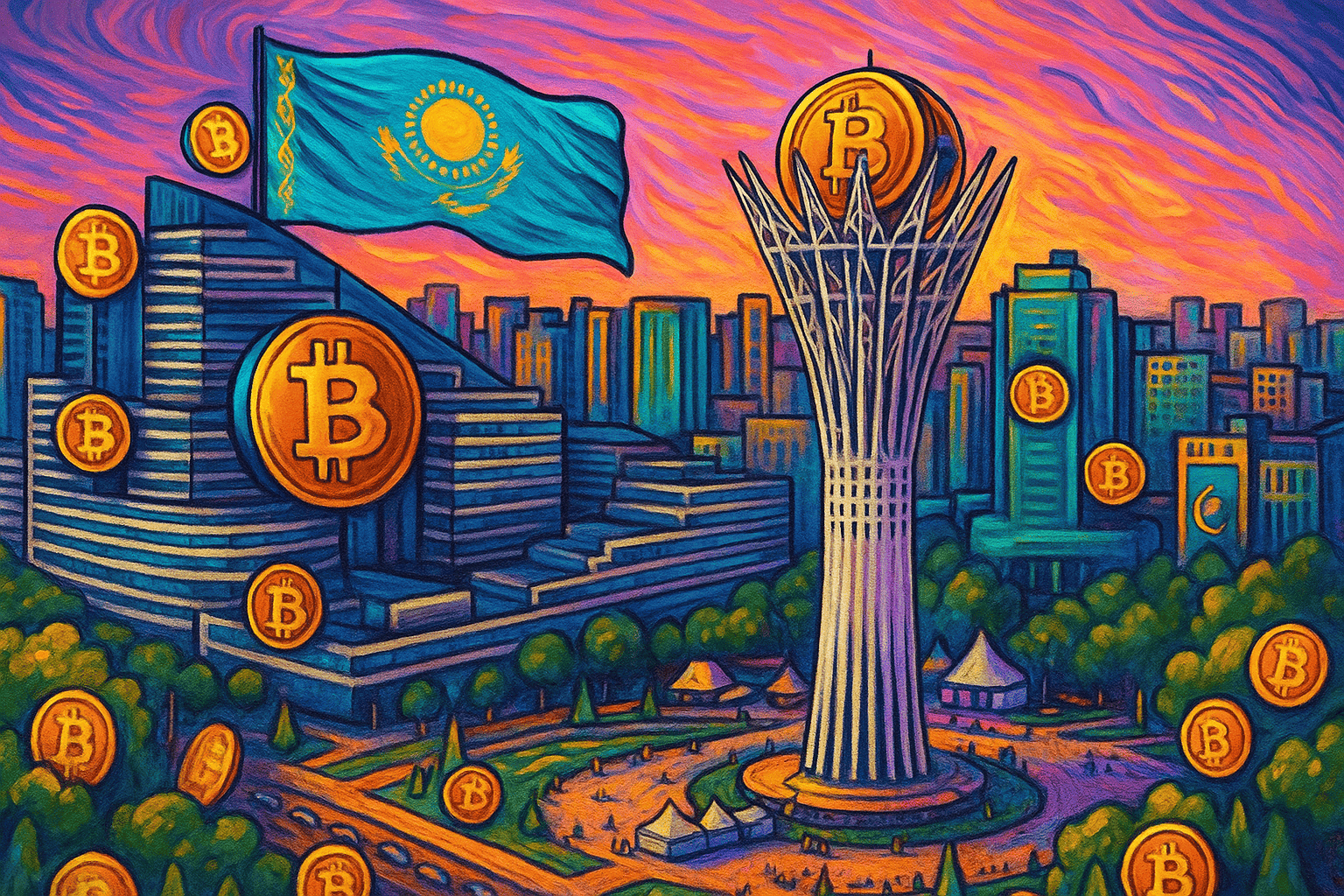Popular cryptos
Dash
Download app Ironwallet and get tool for making transaction without network fee
About Dash
Dash is a decentralized, peer-to-peer cryptocurrency that offers fast transactions and anonymous payments. Originally released as Xcoin in 2014, it was rebranded as Darkcoin before becoming Dash in 2015. Dash aims to provide the speed and privacy of cash payments with the security and convenience of digital currency.
History of Dash
Dash was created by developer Evan Duffield in response to concerns he had with Bitcoin’s slow transaction times and lack of privacy. Duffield released Dash just a few days before the major Mt. Gox Bitcoin exchange hack, which helped spur significant interest in alternative cryptocurrencies.
In its early days, Dash focused on providing anonymous transactions. This was achieved through a mixing protocol called DarkSend, which obscured the source of funds by pooling and reshuffling transactions. However, over time, Dash has evolved to offer more speed and usability features beyond just anonymity.
Key Features of Dash
There are several key features that set Dash apart from other cryptocurrencies:
InstantSend – Dash instant transactions lock inputs through masternode consensus, allowing merchants to safely accept payment without blockchain confirmation. This enables real-time payments and point-of-sale usage.
PrivateSend – Dash uses coin mixing to enable optional transaction anonymity similar to cash payments. Funds are mixed through a decentralized network of masternodes.
Masternodes – In addition to miners, Dash has a second tier network of masternodes that provide enhanced services and governance in return for a portion of the block reward. Masternodes enable InstantSend, PrivateSend and other features.
Governance – Dash has an on-chain governance system that allows stakeholders to have a say in how the blockchain evolves through voting on funding proposals. This enables decentralized funding of development projects.
Speed – Dash currently confirms transactions in around 2 seconds, which is significantly faster than Bitcoin. This allows for better usage for point-of-sale payments and transactions.
What is Dash Used For?
Dash aims to be digital cash allowing speedy, anonymous payments for both online and point-of-sale transactions. Its instant transaction capability makes it well-suited for retail payments, e-commerce, and remittances.
Dash’s optional privacy features also enable anonymous donations and payroll payments. Dash aims to protect financial privacy in a similar way to physical cash transactions.
The Dash network and blockchain is self-funded through its treasury system. This enables sustainable development, marketing, and integration funding without relying on external donations or premined endowments.
Dash Governance and Economics
Dash has a two-tier network, with miners securing the network and masternodes providing advanced features and governance.
The Dash blockchain is secured through a proof-of-work mining algorithm similar to Bitcoin. Around 45% of the block reward goes to miners.
The other 55% of the block reward is split between a treasury (10%) and masternodes (45%). Masternodes must prove collateral of 1000 DASH and provide services such as InstantSend and PrivateSend to receive rewards.
This two-tier system provides incentives to both secure the network (miners) and support advanced features (masternodes).
Dash’s on-chain governance allows stakeholders to vote each month on project funding from the blockchain treasury. This enables decentralized and sustainable funding of development, marketing, integrations, and other projects.
Dash Compared to Other Cryptocurrencies
Dash differs from Bitcoin in its speed, features, and incentivized governance model:
- Transactions confirm in seconds rather than minutes or hours with Bitcoin. This enables point-of-sale usage not practical with Bitcoin.
- Optional privacy is built into Dash through PrivateSend coin mixing. Bitcoin transactions are pseudonymous but transparent on the blockchain.
- Dash masternodes provide advanced features and governance in return for rewards. Bitcoin miners solely secure the network.
Dash also provides more speed and usability features compared to privacy-focused coins like Monero and Zcash while still providing optional anonymity.
The Dash governance and funding model creates a “decentralized autonomous organization” structure able to self-fund development and adoption initiatives. This differentiates it from cryptocurrencies relying on external funding sources.
The Future of Dash
Dash aims to continue improving its usability as digital cash. Planned evolution includes better user experiences, merchant & user apps, scaling capabilities like Dash Platform, and integrations with payment processors, merchants and services.
Dash’s decentralized governance and funding enables it to support its own adoption and development without reliance on external entities. This provides sustainability but also faces governance challenges as the community grows.
Overall, Dash presents an intriguing decentralized model aiming to fulfill Satoshi Nakamoto’s original vision of a fast, private, decentralized digital cash. If it continues to evolve and meet user needs, Dash could see significant adoption as a payments-focused cryptocurrency into the future.





















